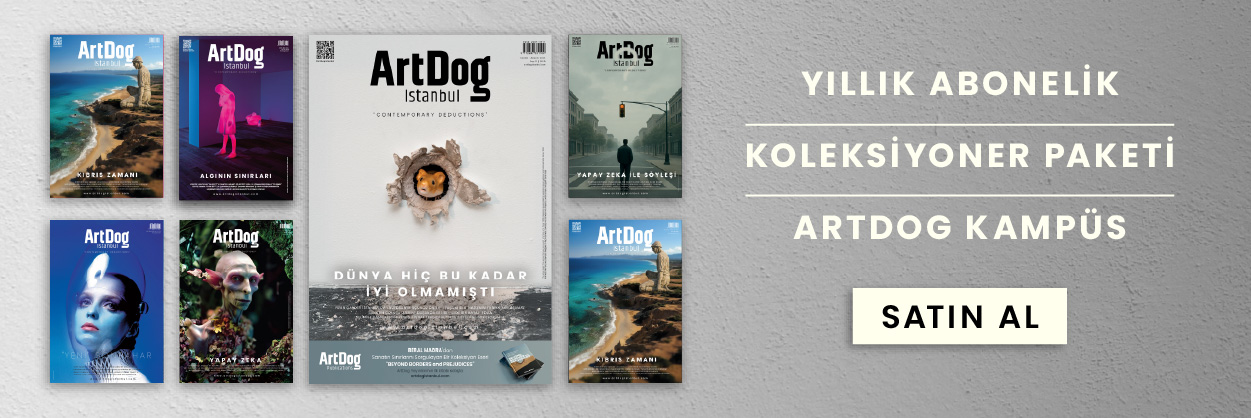Numerous child graves have been unearthed during excavations conducted last year in the necropolis area of the ancient city of Tenedos, located in the Bozcaada district of Çanakkale. This area, a prominent tourism center, attracts nearly 50,000 local and foreign visitors annually.
The excavations have revealed that children who passed away at a young age were laid to rest alongside their belongings in various types of graves, including jar graves, amphora graves, and stone masonry graves.
Led by Professor Turan Takaoğlu from the Çanakkale Onsekiz Mart University’s Archaeology Department, a team of 12 individuals conducted the excavations. The 2023 season commenced with works at Bozcaada Castle before shifting to the necropolis area of the ancient city.
The recent excavations have yielded intriguing discoveries, particularly concerning child burials. Notably, a second pithos or jar tomb dating back to the 6th century B.C. was found placed within a pithos or jar tomb from the 4th century B.C. Within the later tomb, six terracotta figurines and a bronze pin in the shape of a horse’s foot were discovered, intended as offerings for the deceased. These figurines, associated with the worship of Dionysus, depict dancers, musicians, and standing women adorned in Eastern attire.
The presence of statuettes portraying dancers and musicians in a tomb is interpreted as an archaeological indication of spiritual connection through dance, reflecting the beliefs of the era. Excavation findings underwent restoration and conservation processes before being transferred to the Troy Museum Directorate.
Deputy head of the excavations, Ömer Can Yıldırım, stated, “In the necropolis area, we identified a previously undocumented section, categorized as a children’s burial area. One of the graves discovered in this area, known as a Pithos grave, features a ‘pithos within a pithos’ configuration, a phenomenon previously unrecorded in archaeological data.”
Analysis of the burial history indicates that the first burial occurred in the 6th century B.C., followed by a second burial approximately 200 years later, during the Late Classical Period. Artifacts found in these graves, including terracotta figurines and a bronze needle, were entrusted to the Troy Museum Directorate.
Yıldırım emphasized that the clothing styles and depictions of goddess motifs reflect the beliefs of the period and the reverence shown towards children laid to rest at a young age. He added, “When considering the historical context, the stylistic and analogical characteristics of these artifacts suggest they were crafted around 2,700 years ago and placed in the grave of a child who died prematurely.”









